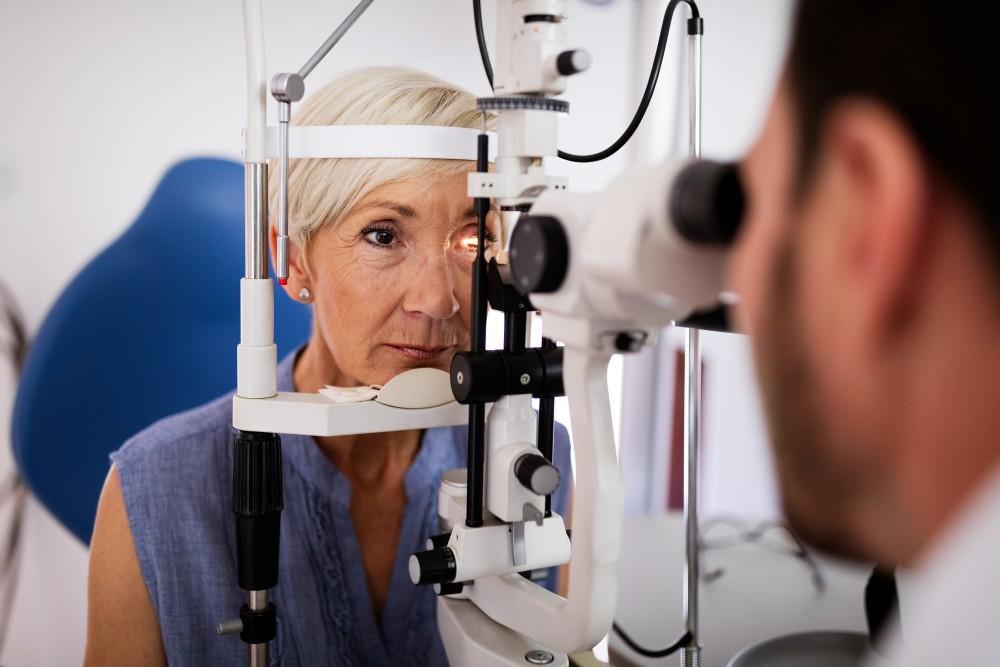
Why You Should Never Ignore the Symptoms of Glaucoma

Glaucoma is, in the large majority of cases, highly treatable, yet it remains one of the leading causes of blindness worldwide. About three million Americans suffer from it, and the risk of developing it increases with age.
When caught early, your provider can treat glaucoma either with medications or, when the condition is more advanced, with surgery. Both options help preserve vision.
If you want to ensure you keep your sight over the years, regular check-ups are key. Our expert Dr. Scott W. Beeve at Beeve Vision Care Center, emphasizes the importance of early detection and shares what signs to look for.
Glaucoma 101
Glaucoma is a group of eye diseases that cause vision loss and damage the optic nerve.
Your eyes produce a clear fluid that drains through a spongy structure where the iris meets the cornea. When the drainage process is impaired, fluid accumulates in the eye, increasing pressure on the optic nerve and damaging it. In many cases, high blood pressure and even high blood sugar levels can contribute to glaucoma.
There are often no symptoms in the early stages, so regular check-ups are key to catching it as soon as possible. However, treatment is possible even as glaucoma advances.
Symptoms of glaucoma
Glaucoma progresses gradually. There may be no symptoms in the early stages, but as it progresses, you may notice changes in your vision.
Loss of peripheral vision
One of the most common signs of glaucoma is the gradual loss of peripheral vision, meaning you may not see well at the edges of your field of view, leading to tunnel vision over time.
Blurred vision
As the pressure in the eye increases, you may experience blurry vision, especially in poor lighting. Objects may appear out of focus or hazy. Some may also notice halos around lights, especially at night.
Eye pain and headaches
When pressure in the eyes rises rapidly, this can lead to eye pain, discomfort around the eyes, and even headaches.
Nausea and vomiting
Severe cases of glaucoma can cause nausea and vomiting, often accompanied by eye redness and intense eye pain, which could be a sign of acute angle-closure glaucoma, which requires immediate medical attention.
Get your eyes checked with us
Regular check-ups are key to preventing vision loss. Depending on the severity of the disease, if glaucoma is discovered, our experts may recommend the following:
- eye drops to lower eye pressure and slow down the progression of the disease
- surgery to improve fluid drainage and reduce pressure in the eye
- non-invasive laser treatment that improves fluid drainage by targeting the pigmented tissue in the eye
Don’t wait until your symptoms become too severe. When caught in time, glaucoma can get stopped in its tracks. If you haven’t checked your eyes in a while or are experiencing symptoms, contact us to schedule an appointment at our office in Glendale, California.
You Might Also Enjoy...


Dr. Scott Beeve is Providing Customized LASIK here in Glendale California

Dr. Scott Beeve offering Newest Cataract Surgery Options in Glendale California

Dr. Scott Beeve providing the Best LASIK in Glendale California

Is Laser Vision Correction Right for You? 4 Facts That Will Help You Decide


